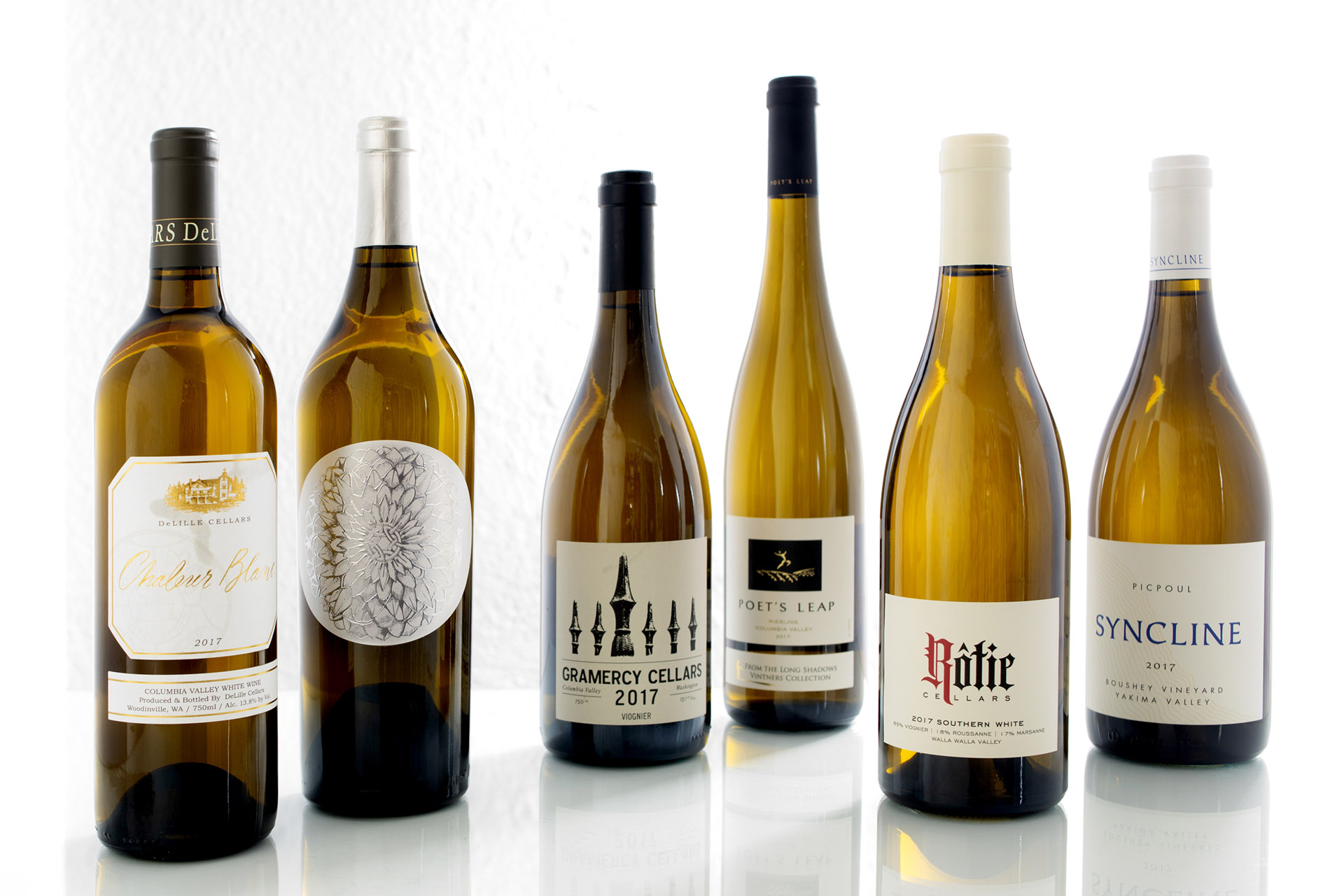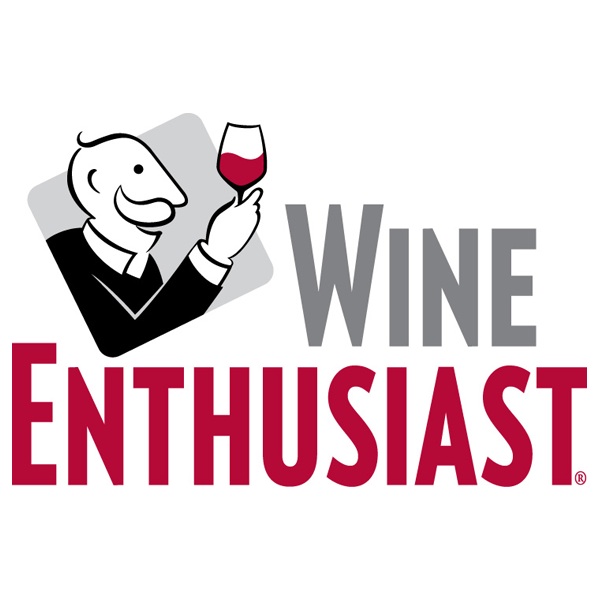High Praise for Washington State Whites, including DeLille & Gramercy
Washington’s White Wine Paradox
Often overshadowed by the state’s reds, the 2017 vintage shows it’s time to pay attention to Washington’s white wines.
By Sean P. Sullivan
In Washington’s earliest days as a grape-growing region, the state was thought too cool to successfully ripen many warm-climate red grape varieties. Subsequently, cool-climate white grapes, especially Riesling, dominated production and brought early acclaim.
But as the industry developed, successful cultivation of Cabernet Sauvignon, Syrah and others showed that red wines could also excel. This led to increased plantings, so much so that by 2013, for the first time, the majority of Washington’s grape production tilted from white varieties to red. And now, there have been several points over the past 20 years at which the state’s red wines have seemed to overshadow their white wine counterparts in focus and recognition.
Today, 50 years into the state’s development as a wine producer, white bottlings seem both imperiled and ascendant. Some white varieties are being ripped out, while there are also winegrowers exploring new varieties and locations with impressive results. And the exceptional 2017 vintage illustrates just how good the state’s white wines can be.
Washington has long experienced a white wine paradox. Its white wines don’t typically command as much money or regard as their red counterparts, and it becomes harder for growers and producers to turn a profit.
“It’s a Catch-22,” says Marty Clubb, co-owner and managing winemaker of L’Ecole No. 41. “Small wineries focusing on reds can sell them for fairly substantial price points and make a living at it. The whites are more challenging, particularly if you go above $20.”
While red grape plantings have surged in recent years, white grape plantings have increased at a much more modest pace. Some old-vine varieties, Chenin Blanc in particular, have even been pulled out to plant more profitable offerings.
Though the state’s larger producers have long championed the category, white wines have often been nearly ignored by Washington’s army of small wineries, which includes some of its most iconic brands.
“If you look at the best producers in the state of Washington, a lot of them aren’t even making white wines,” says Brennon Leighton, director of winemaking and viticulture for the Wines of Substance portfolio, which includes K Vintners, Sixto, B. Leighton Wines and others.
“Whites are far more difficult to make well than reds,” he says. “A lot of young winemakers, which is what Washington has, are more capable of being consistent with the reds and making really good white wine.
DeLille Chaleur Blanc 2017 94 Points
The wine’s aromas are arresting in notes of lemon pith, herb, stone fruit, fig, spice, mineral and citrus. Full-bodied, layered and exquisitely balanced fruit flavors follow with a zing of electric, lemony acidity stitching it all together. The fig- and tropical fruit-filled finish seems near endless. It’s showing beautifully now, but should only get better with some time in the cellar. Best 2020–2025. Cellar Selection.
Gramercy Columbia Valley Viognier 2017 92 Points
All of the fruit for this wine comes from Antoine Creek Vineyard, north of the Lake Chelan appellation. Aromas of lemon balm, white peach and honeysuckle are followed by generous but still sleekly styled fruit flavors that show beautiful depth, balance and tension. Lemony acidity heightens the interest. The winery’s best offering of this variety to date. Editors’ Choice.
The calculus may be changing, as an increasing number of winemakers give renewed focus to white wines. While Chardonnay, Riesling and, to a much lesser extent, Sauvignon Blanc, still dominate production, more wineries are experimenting with alternatives.
“There’s a growing group of winemakers who are excited about white winemaking and who are exploring different sites and different varieties,” says James Mantone, co-founder, winemaker and vineyard manager of Syncline Winery.
At Syncline, Mantone focuses largely on traditional white Rhône grapes.
“Looking at all of these other varieties, they offer so much more potential than just Chardonnay, Riesling and Sauvignon Blanc that so drive the industry, not just the Washington industry, but the wine industry in general,” he says. “Grenache Blanc is a lot fresher in Washington than it is in a lot of other places.”
Site selection for whites is also improving. Growers seek out higher elevations and northern aspects to gain longer hang time, additional flavor development and increased complexity at lower sugar—and therefore alcohol—levels.
“We’ve been going to higher and higher elevations with really good results, both for reds and whites,” says Leighton. “White grapes need cool nights. The most important part about white wines is retaining acidity. Washington, in general, has those [cooler nights] predominantly at higher elevations.”
Farming has evolved as well. “Ten years ago, whites were farmed pretty much like the reds,” says Mantone. “Now you’re seeing much more intentional farming to shape the white wines in the direction that you want them to go: more cover, less sun exposure, paying attention to crop load.”
These advances have not just increased quality, but they’ve given the state tremendous diversity. More than 30 white varieties are planted, and they produce high-quality examples of everything from Chardonnay to Riesling, Picpoul, Grüner Veltliner, Sauvignon Blanc, Roussanne, Sémillon and beyond.
“We’re not mature enough yet as a wine industry to always be consistent in what we do [with white wines],” says Leighton. “But you can see the jewels come out, and when they do, they are some of the best white wines in the world.”
— Photo by Meg Baggott


